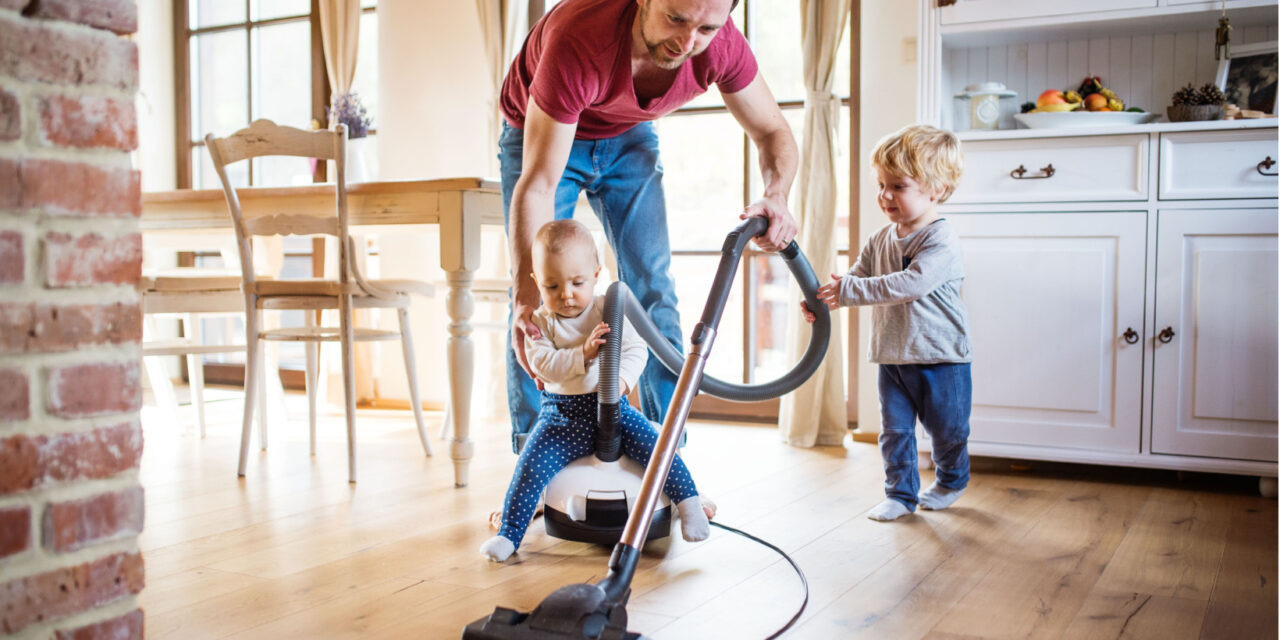
Stay-At-Home Dads
According to the National At-Home Dad Network, there are about 1.4 million stay-at-home fathers, twice the number from 10 years ago. Although traditional views remain ingrained, there are good reasons to consider reversing traditional household roles.
To view the full article please register below:
Stay-At-Home Dads
According to the National At-Home Dad Network, there are about 1.4 million stay-at-home fathers, twice the number from 10 years ago; despite this, traditional views remain ingrained well into the 21st century. For instance, one Pew Research survey indicated that for a plurality of adults (44%), the ideal situation for a two-parent household is for one to stay home; just 5% said the child was better off when the father was the at-home parent.1,2
Reasons to Consider a Role Reversal in the Home
There are good reasons to consider reversing traditional household roles, including:
- The chance to escape a rut; the chance to break a routine can reduce boredom and stress, while lifting the spirit and sense of engagement
- Switching roles and “walking in the shoes” of a partner can engender appreciation and empathy
- Husbands get to enjoy a different side of parenting, which can provide a deeper relationship with children than a traditional role may afford
Overcoming Societal Hurdles
The persistent attachment to traditional roles goes well beyond men stubbornly sticking to their conventional role. Less recognized is how women and businesses also contribute to the slow progress in escaping convention.
One hurdle is a gender stereotype held by women (i.e., “mother knows best”). Many women are reluctant to hand over the reins of childcare or the household to men because they frequently want to see these responsibilities fulfilled in the manner they would prefer.
Additionally, women are less supportive of men staying at home—91% of men said they would support the decision of be a stay-at-home wife, while just 70% of women said they would do the same for the man. Indeed, more than a quarter of women in one survey said they would refuse or not even consider the idea of a husband staying at home to care for their children.3
Corporations also shoulder some of the blame for a lack of progress. Men who experienced family issues received overall lower performance ratings and lower reward recommendations than men who did not, while women were unaffected. Men requesting parental leave are seen as weaker and lacking commitment, endangering them during downsizing.4
The stigma of being an at-home dad (e.g., lazy, unintelligent, inept) is reinforced by Hollywood; the plotline of the inept father is a staple of modern sitcoms (think Homer Simpson, Tim “the Tool Man” Taylor of Home Improvement, Phil Dunphy of Modern Family and Ray Barone of Everybody Loves Raymond.)
If society wants to see less gender stereotyping, then everyone will need to examine how they may be perpetuating it and become the change they want to see.
Sources:
- https://athomedad.org/whoweare/statistics-on-stay-at-home-dads/#:~:text=The%20U.S.%20Census%20reports%20that,least%20one%20day%20per%20week.
- https://www.pewresearch.org/fact-tank/2019/06/12/fathers-day-facts/
- https://www.salary.com/chronicles/gender-perceptions-at-work/
- https://bigthink.com/the-learning-curve/stay-at-home-dad/
Please reference disclosures at: https://blog.americanportfolios.com/disclosures/












